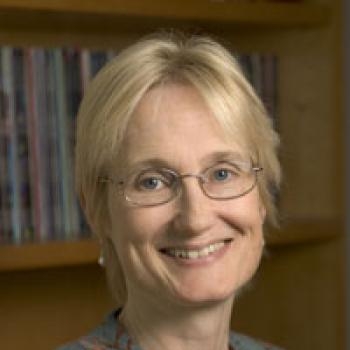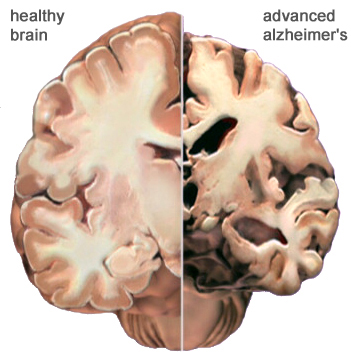By Mark Ellis

Researchers at Stanford University have found that blocking a certain protein in the brain of mice reverses memory loss and other Alzheimer’s-related problems, which presents the potential for a cure of the insidious disease.
Scientists at Stanford have revealed that nerve cells die because cells that are supposed to clear the brain of bacteria, viruses and harmful deposits, cease functioning, according to a story in The Telegraph.
These ‘microglia’ cells work well when individuals are young, but as they get older, a protein called EP2 stops them from operating proficiently.
The researchers at Stanford demonstrated that blocking the EP2 protein allows the microglia to function normally again so they can clear the brain of dangerous amyloid-beta plaques, which damage nerve cells during the course of Alzheimer’s disease, according to The Telegraph.
 In mice, blocking EP2 with a drug reversed memory loss and many other Alzheimer’s-like features in the animals, they found.
In mice, blocking EP2 with a drug reversed memory loss and many other Alzheimer’s-like features in the animals, they found.
“Microglia are the brain’s beat cops,” Dr Katrin Andreasson, Professor of neurology and neurological sciences at Stanford told The Telegraph.
“Our experiments show that keeping them on the right track counters memory loss and preserves healthy brain physiology.”
The Stanford study was published in the Journal of Clinical Investigation.
There are 5.2 million Americans with Alzheimer’s; about one in nine people suffer from the disease over age 65, according to the Alzheimer’s Association.
Microglial cells make up about 10 to 15 per cent of cells in the brain. They operate as a frontline defense, seeking suspicious substances. When they spot a problem, they release chemicals that recruit other microglia to the site which eliminate any foreign invaders.
They work as garbage collectors, vacuuming up dead cells and molecular debris scattered among healthy cells, including clusters of amyloid-beta, which form gummy deposits and destroy vital connections between neurons, which causes a loss of memory and spatial awareness. These clusters are believed to play a leading role in causing Alzheimer’s.
“The microglia are supposed to be, from the get-go, constantly clearing amyloid-beta, as well as keeping a lid on inflammation,” Dr Andreasson told The Telegraph. “If they lose their ability to function, things get out of control. A-beta builds up in the brain, inducing toxic inflammation.”
In younger mice, the microglia kept the sticky plaques from forming. But in older mice, the protein EP2 stopped the microglia producing enzymes which digested the harmful plaques.
They also found that mice that were genetically engineered not to have EP2 did not develop Alzheimer’s disease, even when injected with a solution of amyloid-beta, suggesting that their cells were getting rid of the protein naturally, according to The Telegraph.
And for those mice that developed Alzheimer’s, blocking EP2 reversed memory decline. Now Stanford is working on developing a compound that blocks EP2, an exciting development that may lead to a cure.




I am very excited to come across this article, my wife of 59 years had passed away in December of 2015 of dementia. This article gives me hope… I sent you an email further discussing this matter.
My wife has early Alzheimer’s and is 57. How can I get this treatment for her? thank you
Comments are closed.